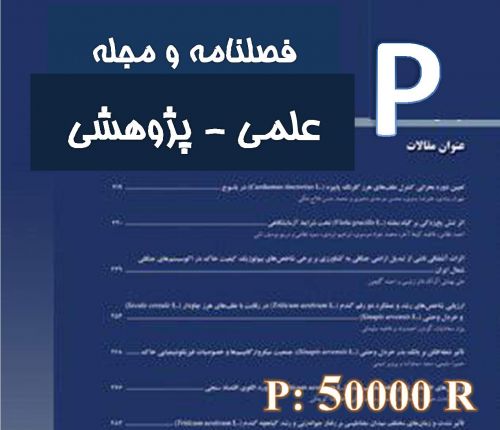Background and objectives: Mercury is one of the most toxic heavy metals. Even small amounts of mercury are highly toxic for all organisms, but some bacteria are resistant to mercury using special mechanisms. The aims of this study were isolation and identification of mercury resistant bacteria and survey of relation between levels of environment pollution to mercury and isolation of resistant bacteria. Material and methods: The samples were collected from water and sediments of four stations of Kor River in four seasons from summer 2006 to spring 2007. Amount of mercury in the samples were measured. Bacterial numbers in both medium containing mercury and with out mercury were enumerated. Isolation of mercury resistant bacteria was performed using primary enrichment and direct plating on agar. The bacteria were identified with conventional biochemical tests. Results: The number bacteria in the medium with out Hg was 1×107 CFU/ml or CFU/g and more than medium containing Hg. Frequencies of mercury resistant bacteria was 54.2 % in Ploe Khan station and 4.3 % in Droodzan station. These stations were the most contaminated and uncontaminated areas of the Kor River Respectively. Different bacterial genera such as Pseudomonas sp., Staphylococcus aureus, Bacillus sp., Entrobacter sp., Klebsiella sp., Serratia marcescens and etc. were identified as mercury resistant bacteria. Conclusion: Our study showed utilization of primary enrichment in comparing to the direct plating on agar lead to better isolation of mercury resistant bacteria. Moreover, enhancement of mercury levels in the environment will increase the probability of the isolation of mercury resistant bacteria
کلید واژگان :Mercury resistant bacteria, Serattia marcescens, mercury, sediment, Kor River.
ارزش ریالی : 600000 ریال
با پرداخت الکترونیک
